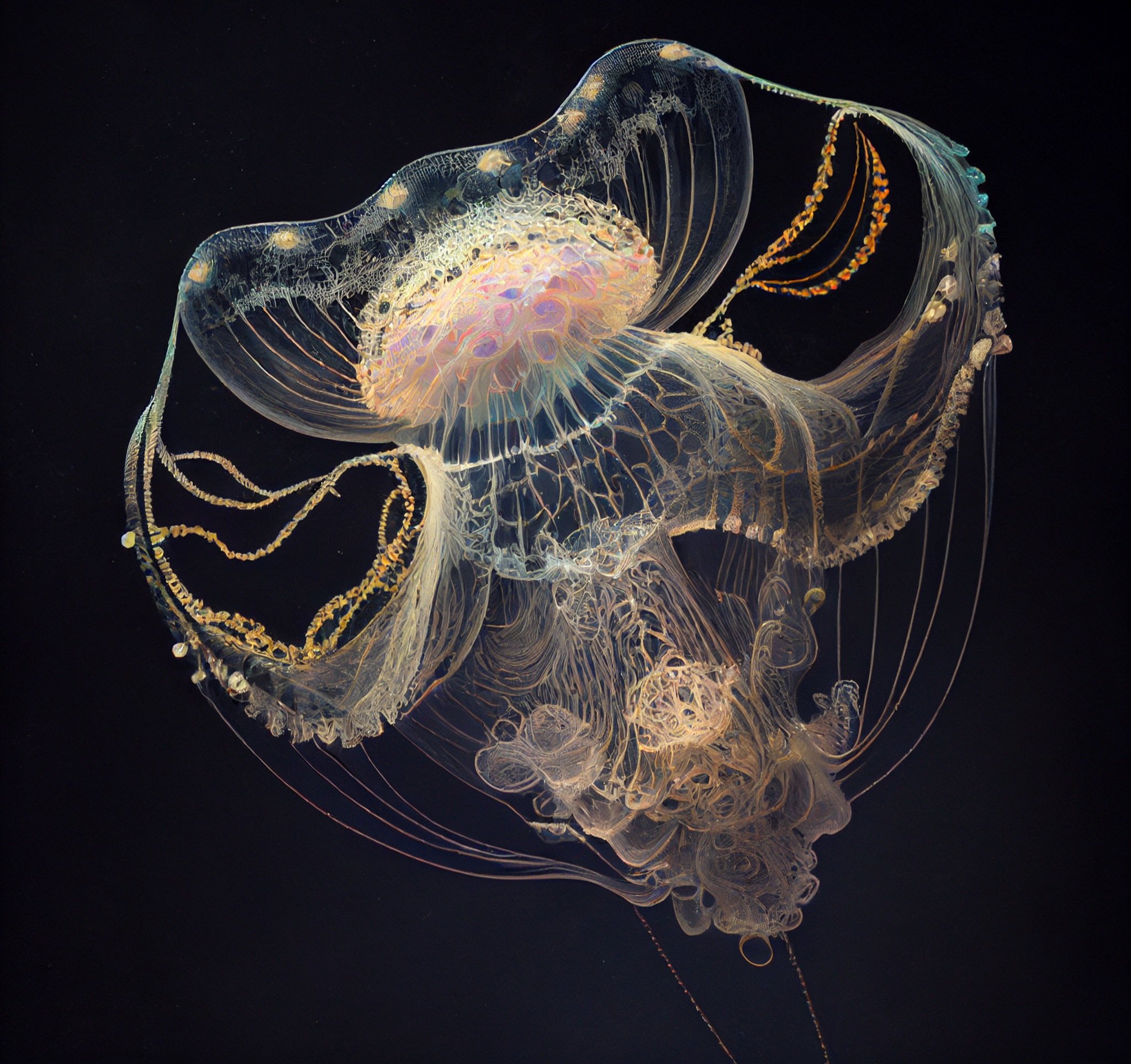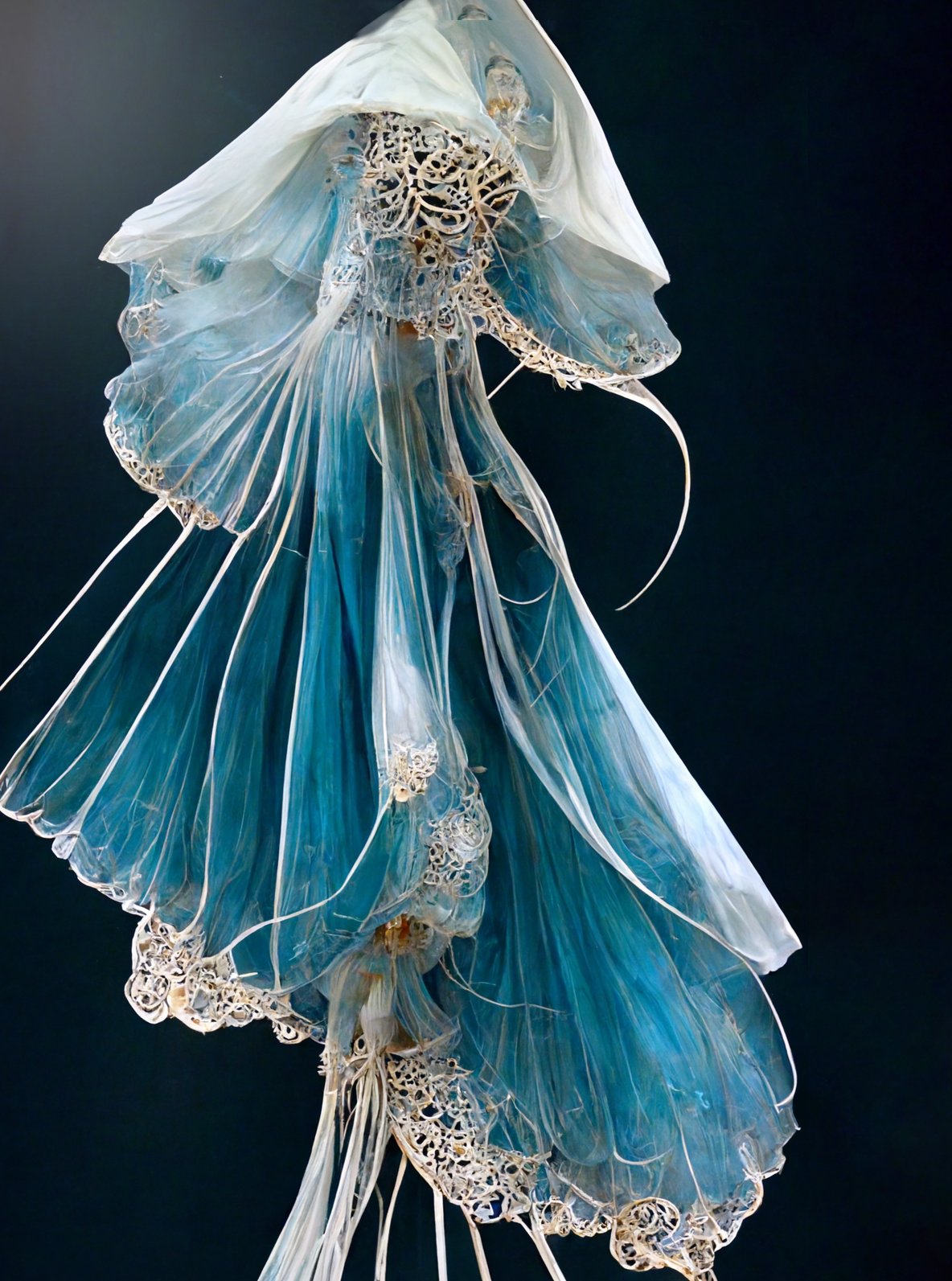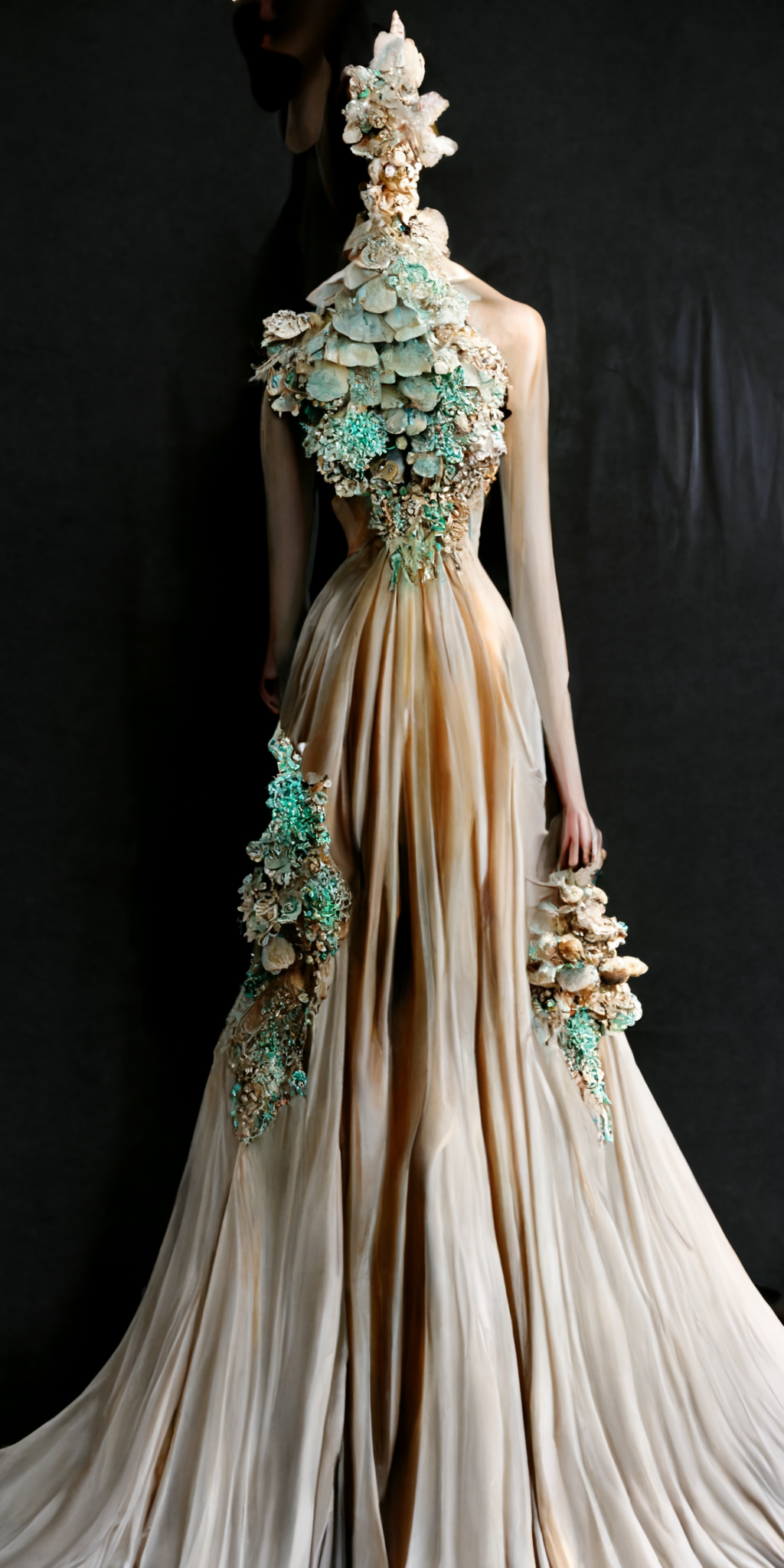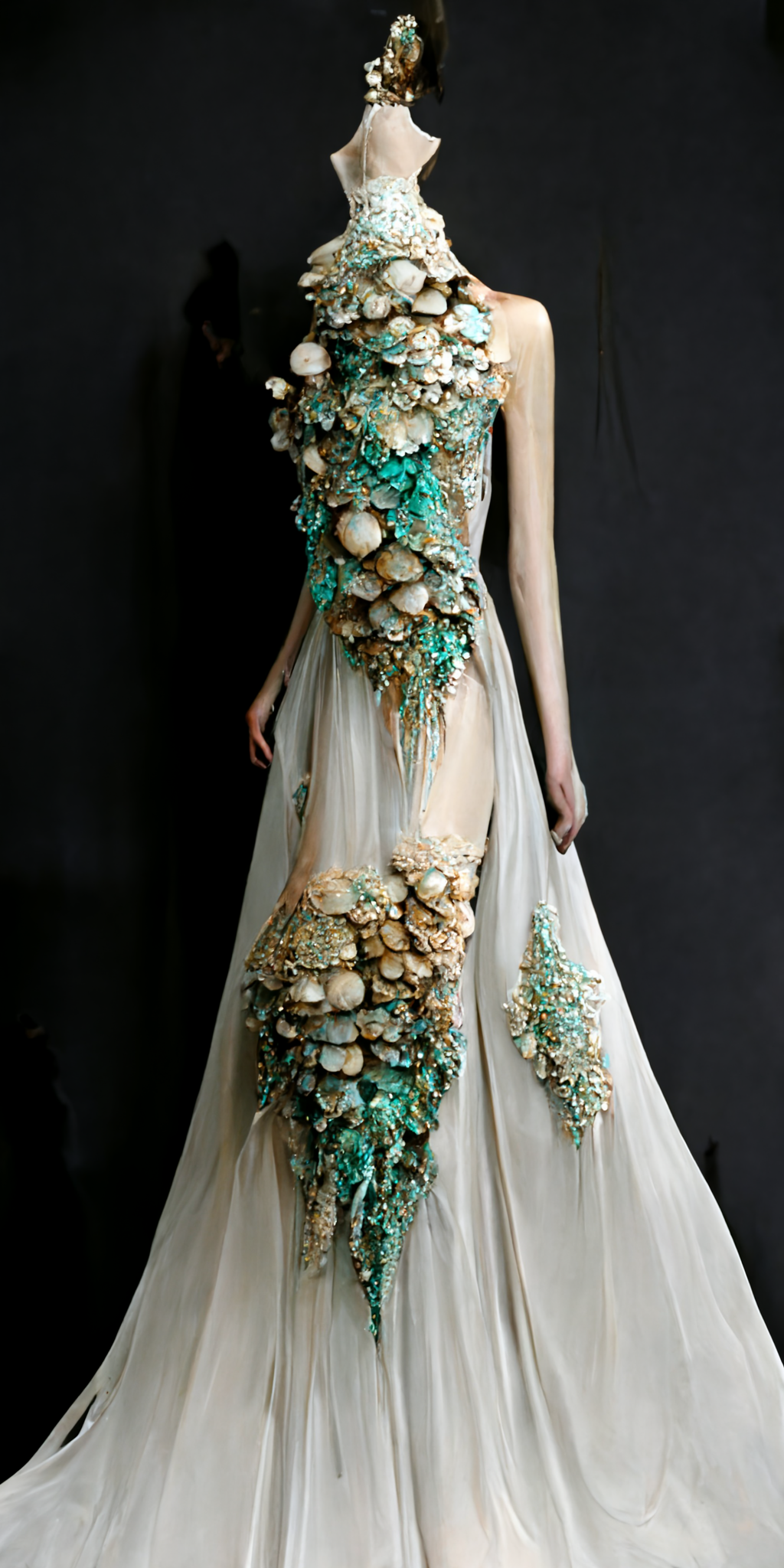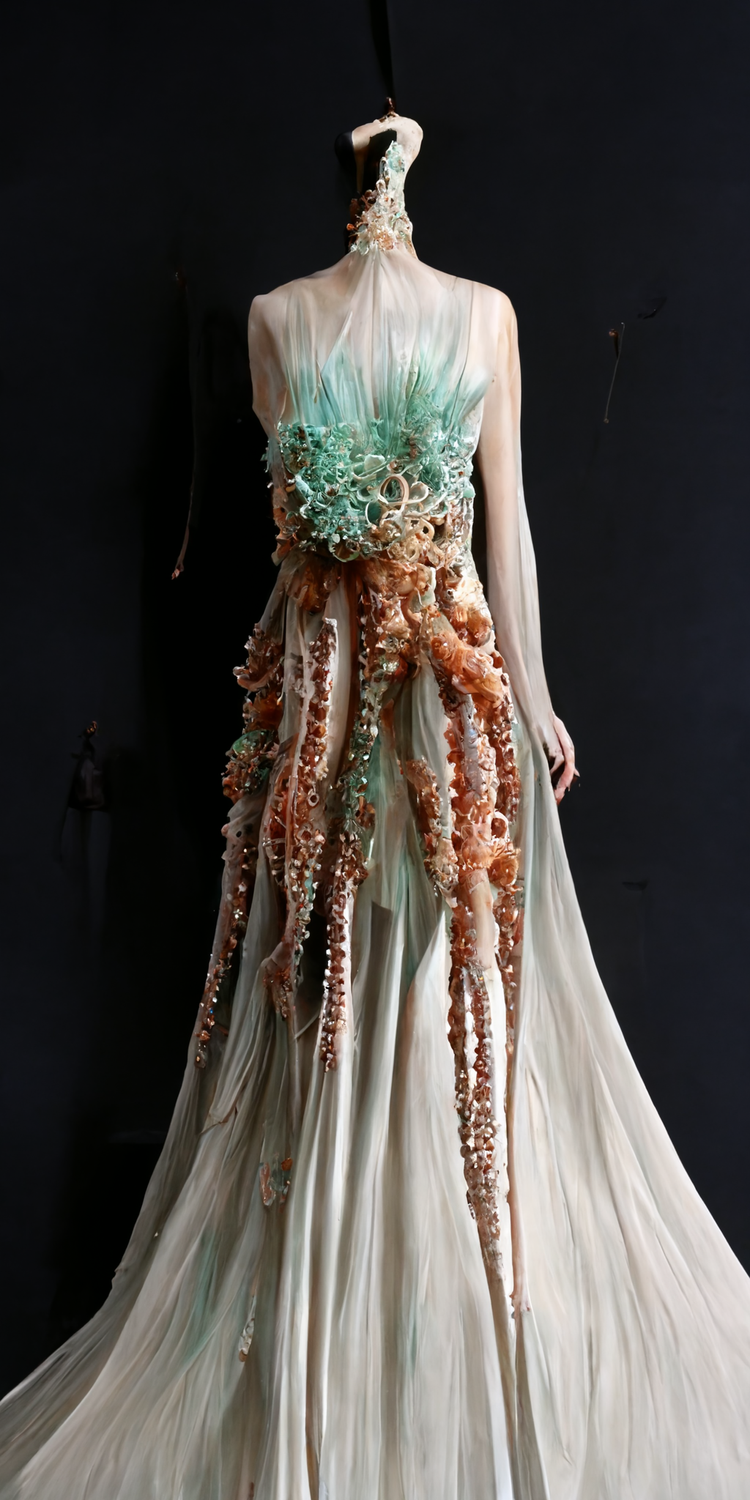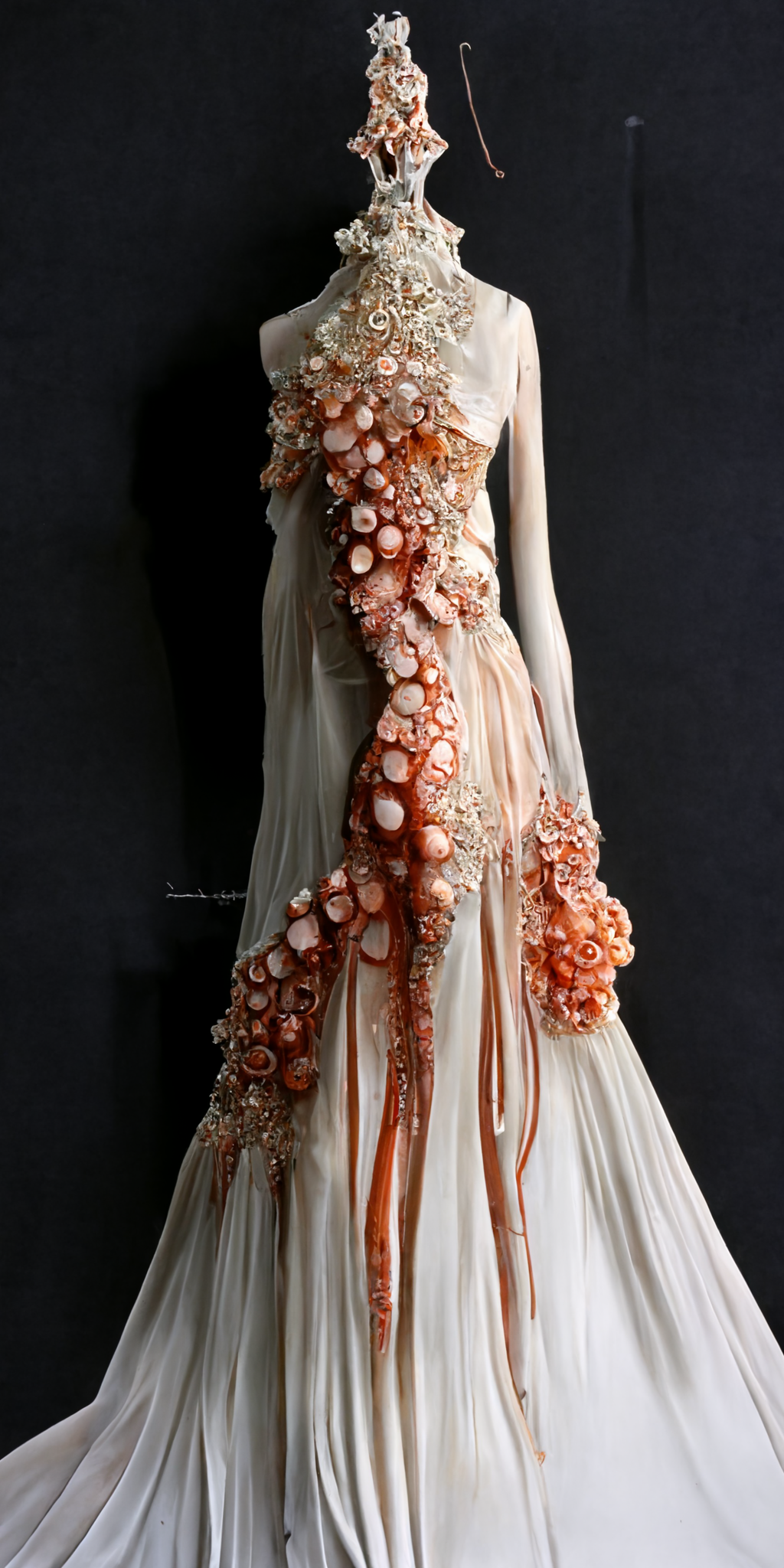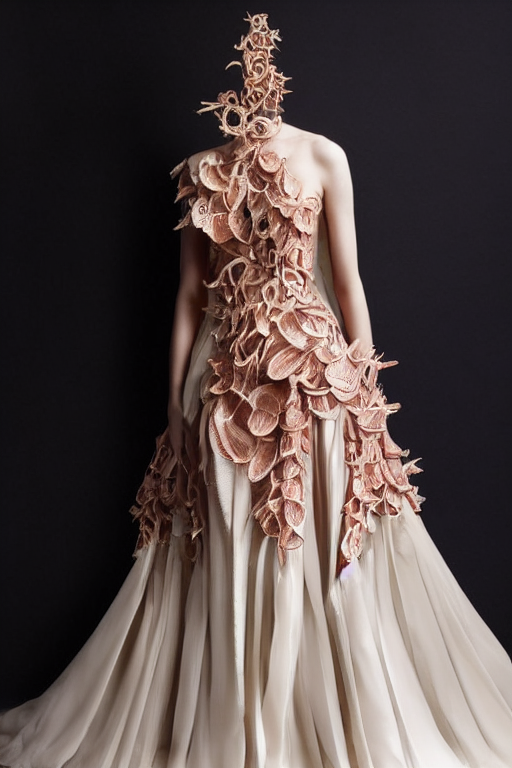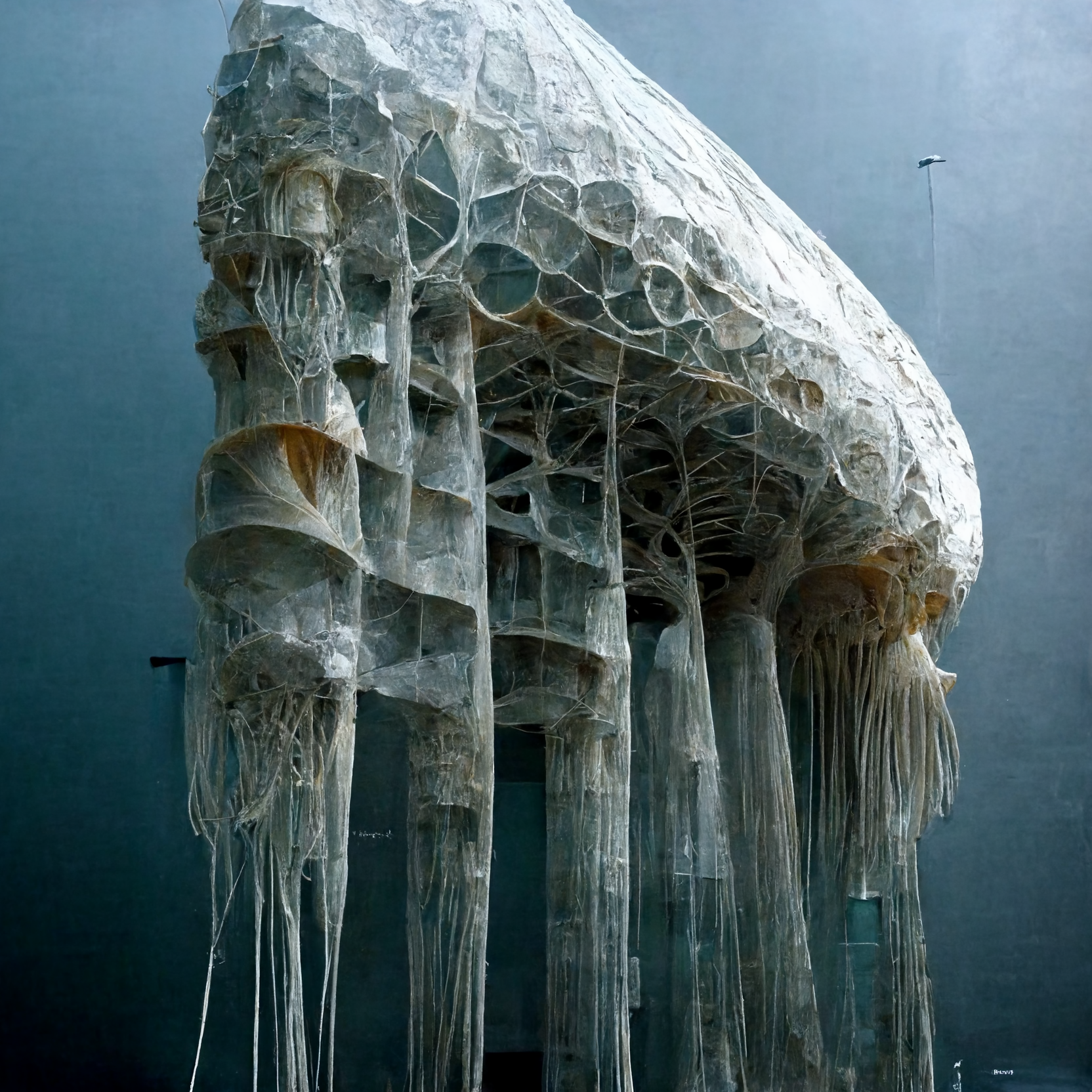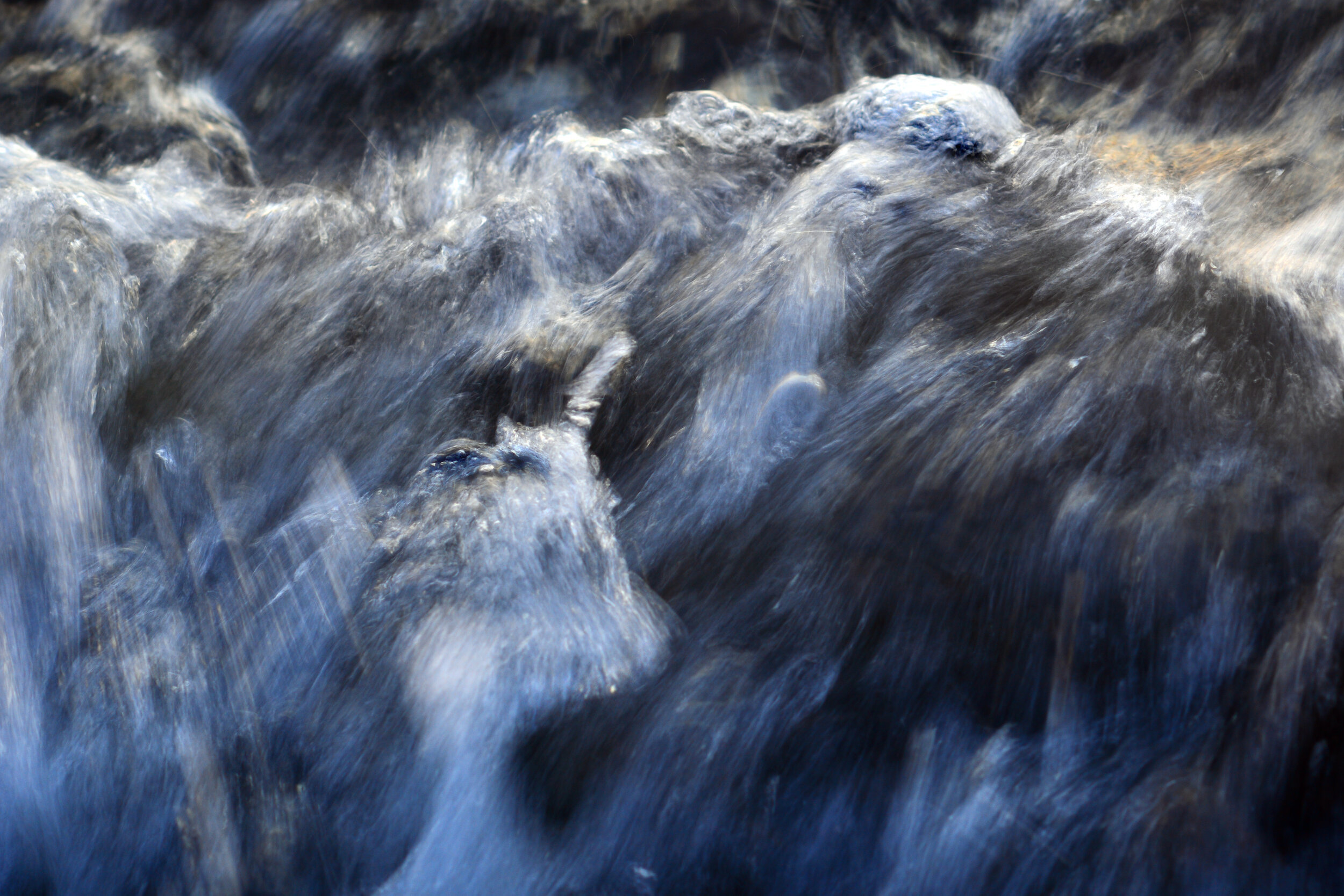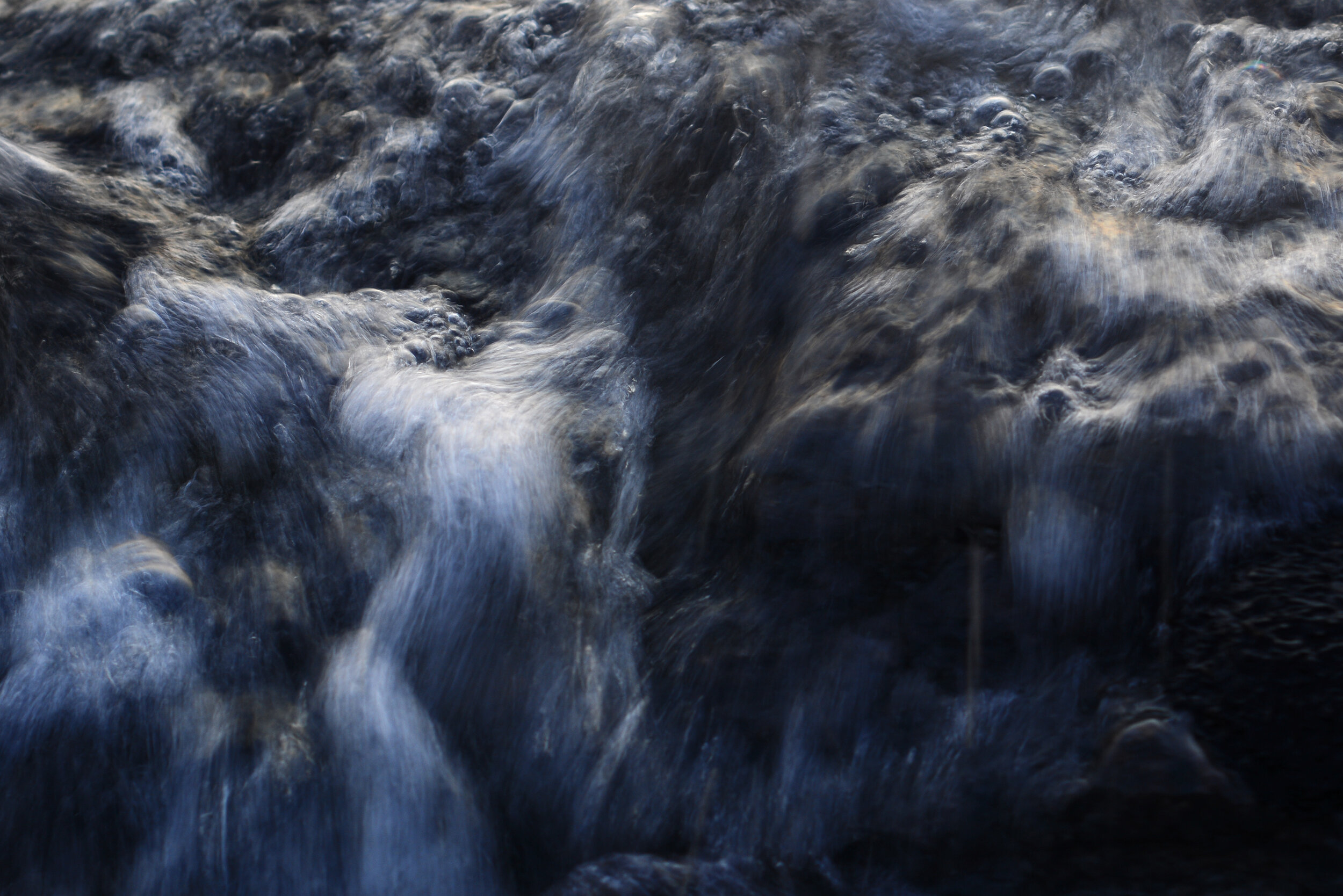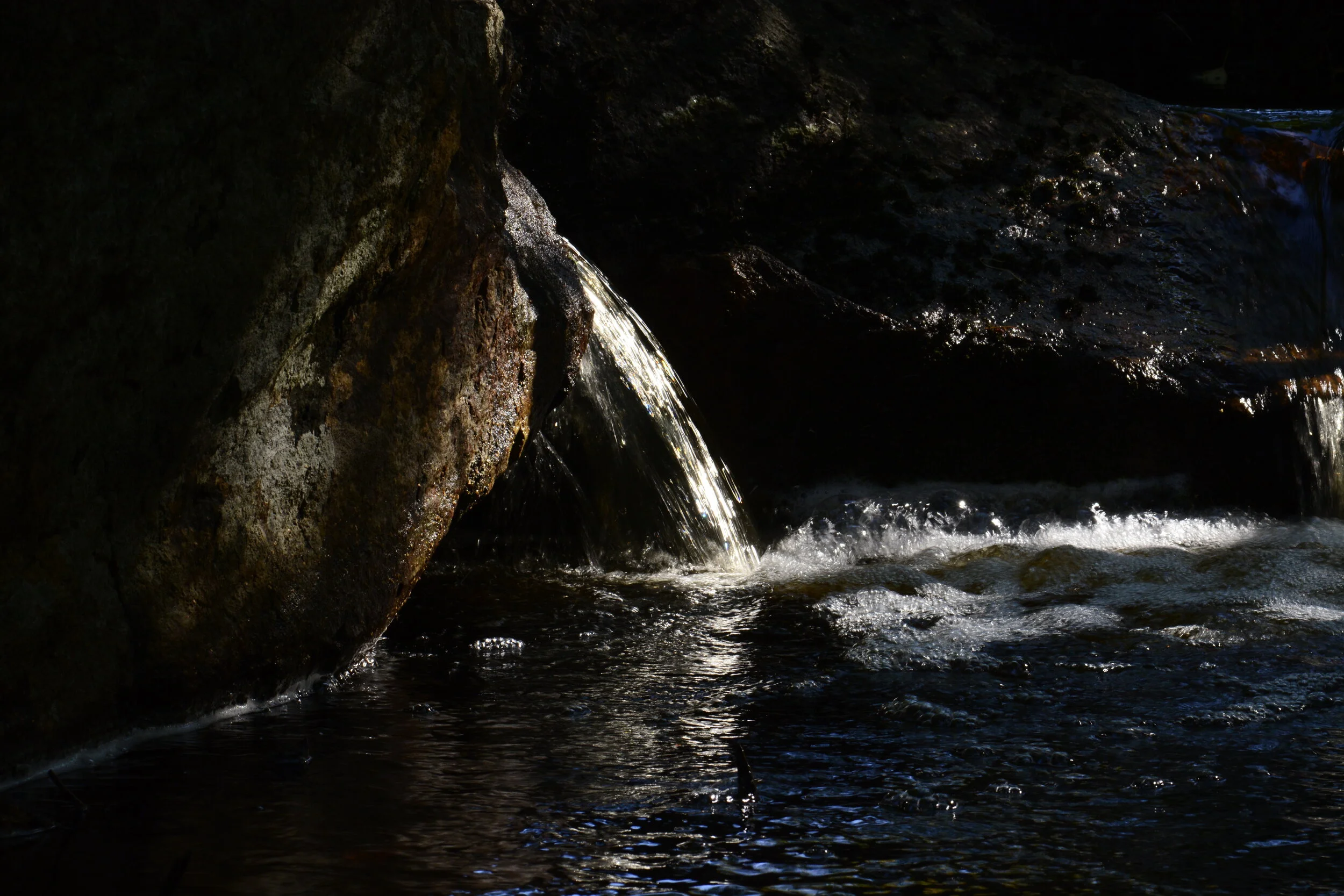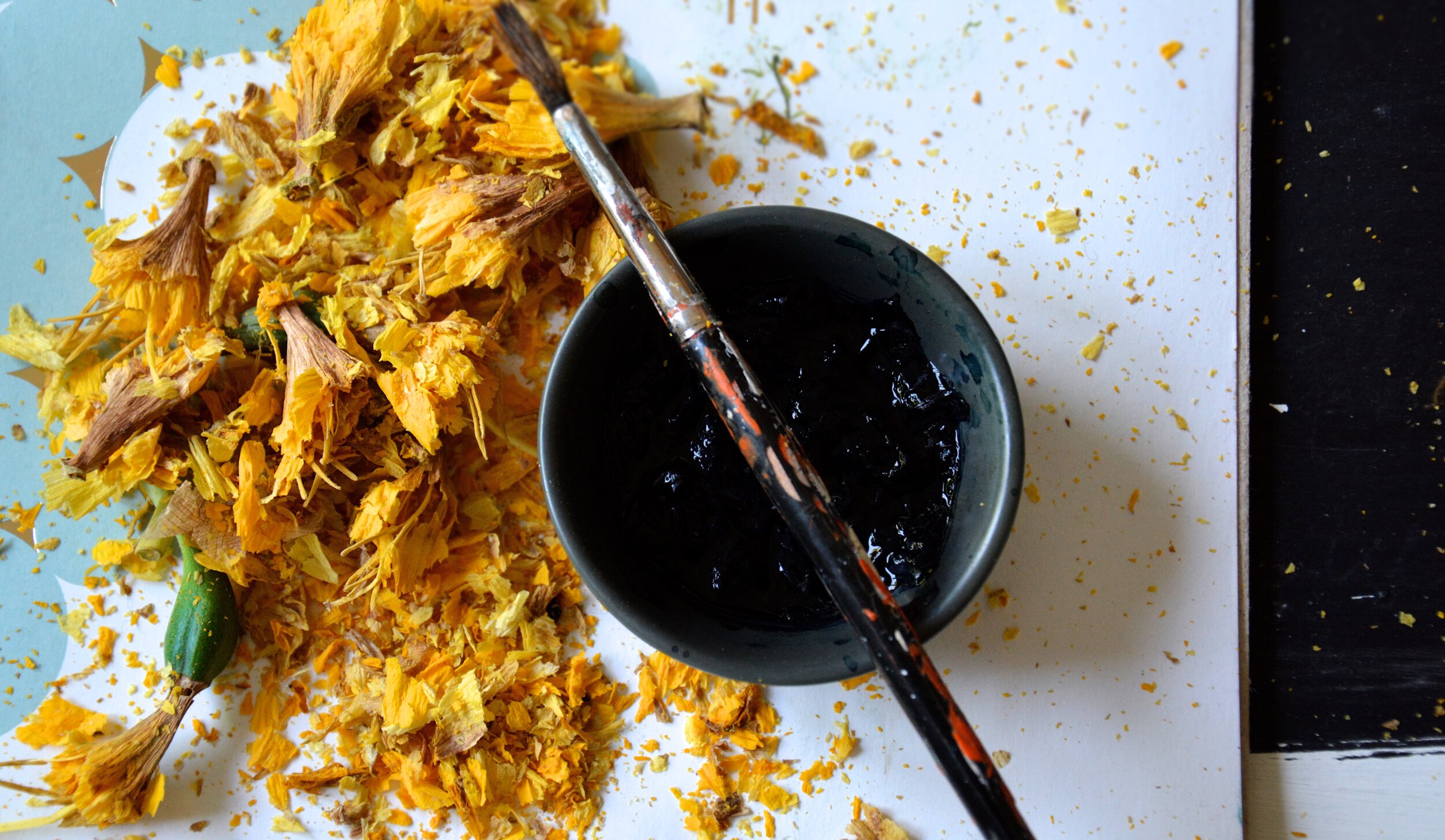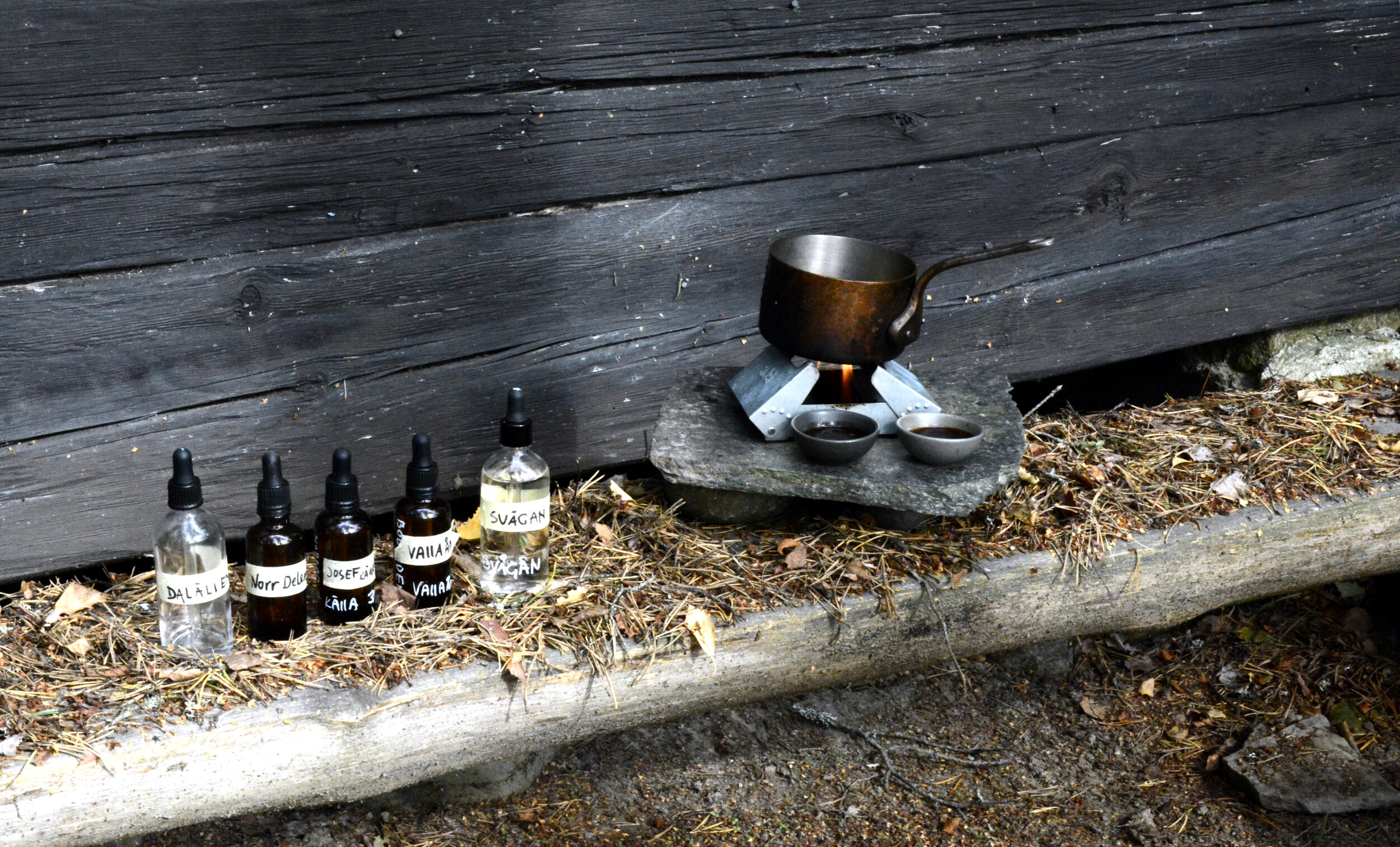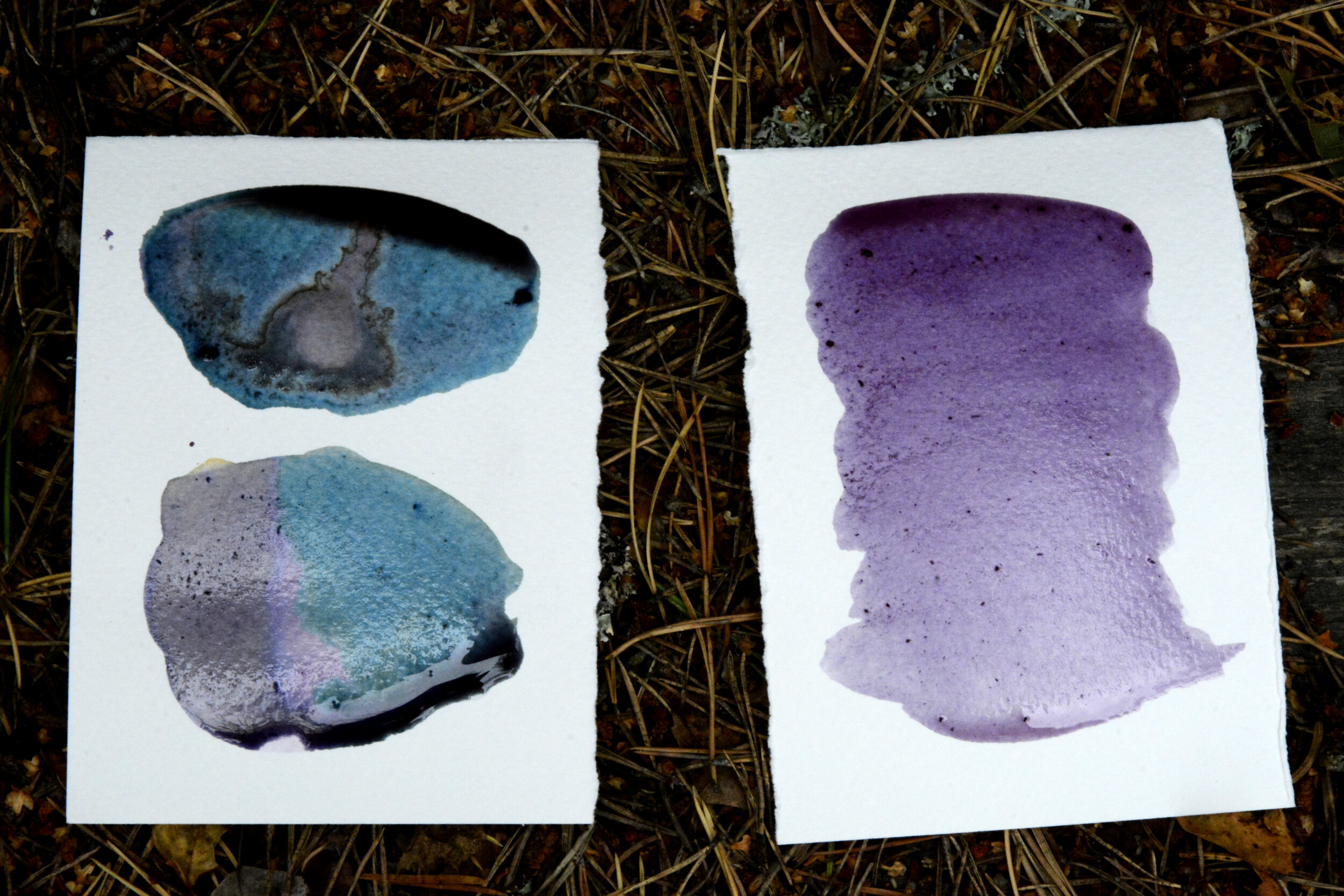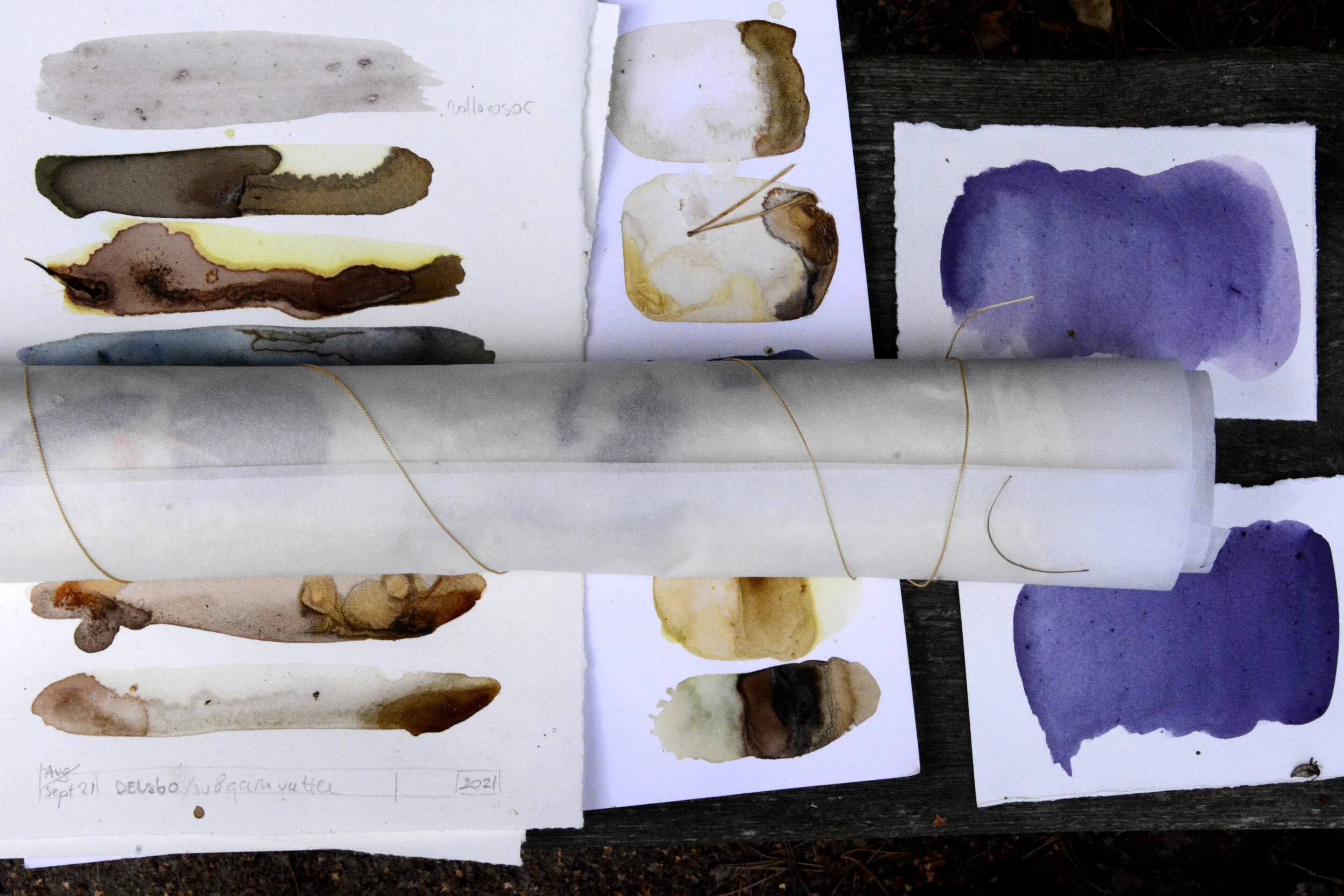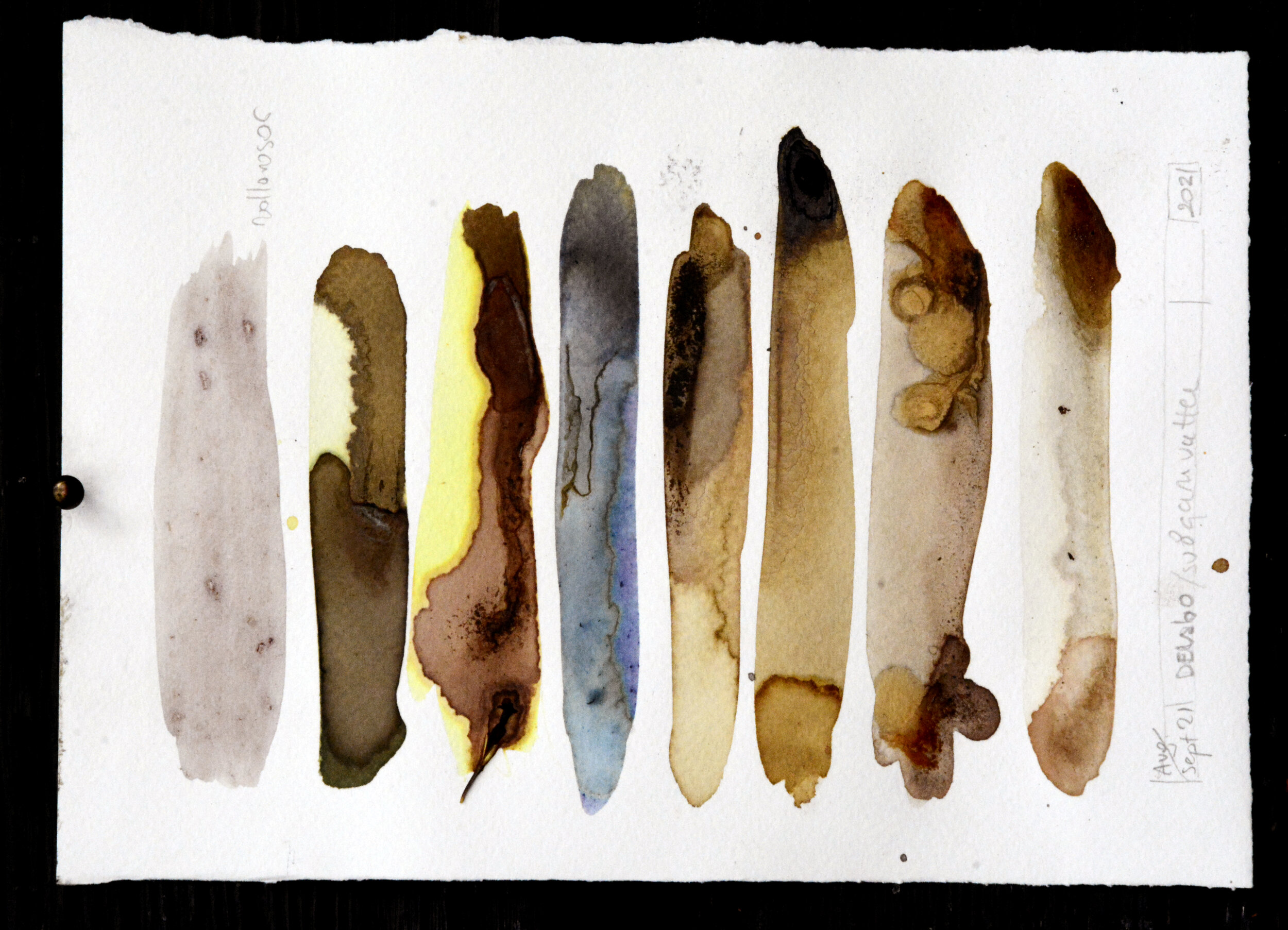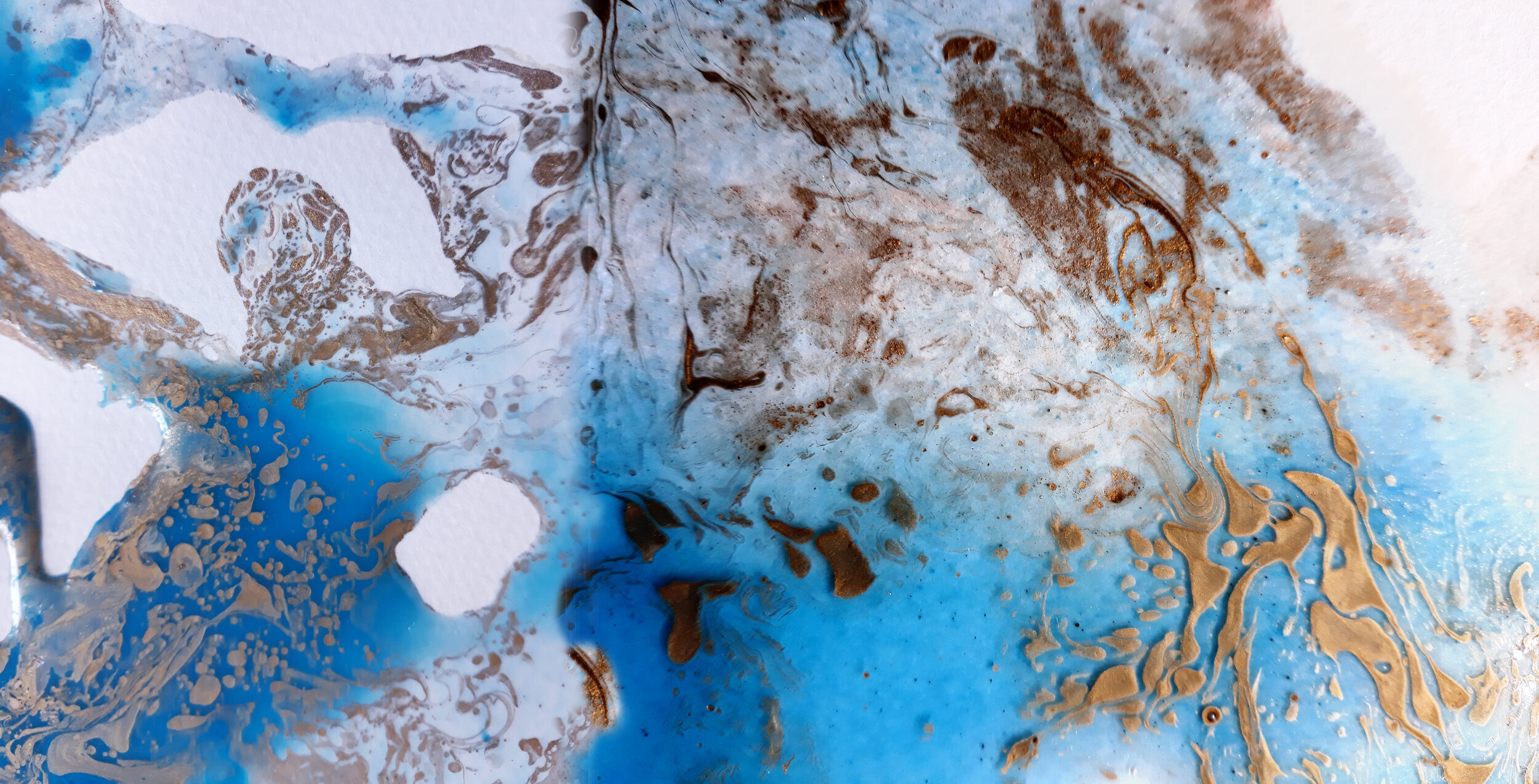AQUA ADŌRĀTIŌ
Water is the driving force of all nature.
Leonardo da Vinci
Institute for Water Adoration
Water is quite literally immersive.
Water is all around us and it is always on the move,
constantly changing and shaping the world around us. It flows through everything and connects us all, no matter where we are or what we are doing. Water is ever-changing and has the power to transform us and our environment. It is a space of encounters, where people and nature come together and interact. Water is the glue that holds the world together, and it is an essential element of life on Earth. Without water, life as we know it would not be possible.
Every day is a good day when you're floating. Your whole life you spend walking and then all of a sudden you get to dive ...
Couture in collaboration with Jellyfish, Blue Angel-fish and Sea turtle!
The most common and yet least understood material on Earth. Despite its simplicity, its structuring is known to be responsible for a vast array of unusual properties responsible for much.. with the Earth’s climate being one of the most important.
Water is fundamentally life making.
In many ways in my life watching the sea is fundamental. Or at least one of the most important ingredients of life..
Dress made in a Bright collaboration this time with diverse variety of light-producing-water-creatures.
It's a little-appreciated fact that most of the animals (and dresses) in our ocean make light. - Edith Widder- Marine Biologist)
By the sea I drop the unreality of everyday life which normally consumes me and I become an observer of the flowing artwork presented by Nature. I land in the space between life and death, it awakens me up and a curious world opens up when i look trough the lens of my camera.
I dive into it and lose the sense of time, time after time.
WHEN I SIT BY THE SEA AND LISTEN TO THE SOUND OF WAVES, I FEEL FREE FROM ALL OBLIGATIONS AND PEOPLE OF THIS WORLD.
The world’s finest wilderness lies beneath the waves …
I have systems.. it's time, I'm swimming, trying to do with the messages waves bring, I didn't know that it will make me dependent,
I am dependent on Watching water for days and weeks, and the barriers breaks,
a barriers dust floating around, a cornflower melted in it.
But Water is Also the lifeblood of our planet, nourishing and sustaining all living beings.
When it is polluted,
it becomes a poison,
causing harm and suffering to humans and the natural world.
Contaminated water leads to serious illnesses.
Water pollution causes harm to the environment,
killing plants and animals that depend on clean water to survive.
But water is also essential for the livelihoods and well-being of whole communities. Water is necessary for agriculture, which provides food and income for many people around the world. It is also crucial for industry and recreation, playing a vital role in our daily lives.
To ensure that water is clean and safe for all, we must take steps to prevent water pollution and manage our water resources.
This includes investing in infrastructure and technologies that can help to provide clean water to everyone.
By taking care of the water on our planet, we can protect the health and well-being of both humans and the natural world.
“As man has a pool of blood in which the lungs rise and fall in breathing, so the body of the earth has its ocean tide which likewise rises and falls every six hours, as if the world breathed.”
“Water is sometimes sharp and sometimes strong, sometimes acid and sometimes bitter, sometimes sweet and sometimes thick or thin, sometimes it is seen bringing hurt or pestilence, sometime health-giving, sometimes poisonous. It suffers change into as many natures as are the different places through which it passes. And as the mirror changes with the color of its subject, so it alters with the nature of the place, becoming noisome, laxative, astringent, sulfurous, salty, incarnadined, mournful, raging, angry, red, yellow, green, black, blue, greasy, fat or slim. Sometimes it starts a conflagration, sometimes it extinguishes one; is warm and is cold, carries away or sets down, hollows out or builds up, tears or establishes, fills or empties, raises itself or burrows down, speeds or is still; is the cause at times of life or death, or increase or privation, nourishes at times and at others does the contrary; at times has a tang, at times is without savor, sometimes submerging the valleys with great floods. In time and with water, everything changes.”
After almost 500 years since he passed away, Leonardo da Vinci is still incredibly modern and his discoveries about water are still relevant today.
He came up with amazing inventions, like submarines and SCUBA gear, and was an exceptional engineer in various fields, including civil engineering, mechanical engineering, and hydrology.
Leonardo recognized the interconnected relationship between water and energy, which inspired him to suggest practical uses for water power.
He proposed using water to operate sawmills, forges, flour mills, factories, and silk spinning works.!!!
Leonardo was captivated by the characteristics of water on both small and large scales. He accurately described the hydrological cycle, which is the continuous process of evaporation, condensation, and precipitation that controls our global water supply.
Even today, five centuries later, the hydrological cycle helps us comprehend the effects of climate change. It enables us to understand a future marked by more severe droughts, intense storms, and alterations in the distribution of water worldwide.
Aqua mutatio
When you change how you look at things - things you look at change.
“Nothing is softer or more flexible than water, yet nothing can resist it.”
— Lao Tzu
LIGHTHOUSE
video installation,2020, Malaise Udde/ Simpnäs
What is the quality of relationship between the sea and our own emotions?
The relationship between the sea and our emotions is a complex and deeply intertwined one. Just as the sea ebbs and flows with the tides, so too do our emotions flow and ebb with the passing of time. But the beauty of the sea is that it remains constant, a constant reminder of the ever-present present moment.
When we allow our emotions to flow, we can find solace in the crashing waves and the soothing rhythm of the ocean. But when we deny or fear our emotions, they become stagnant, trapped within us, unable to flow and be released.
The sea serves as a reminder to embrace the present. It is in this state of flow, of complete absorption and transformation, that we find true joy and fulfillment.
So let your emotions flow like the tides, and find solace in the endless expanse of the sea.
LIGHTHOUSE, video installation,2020, Malaise Udde/ Simpnäs
I am the lighthouse.
Dangerous coastline
hazardous shoals, reefs, rocks, and safe entries to harbours.
The post to be avoided,
Me
I don’t understand why
no one is coming,
near the light,
only moths.
FOR WATER SAKE! - Botanical inks totally eatable and harmless to use.
Cephalopod.
Botanical natural inks made with sea water and plants.
Botanical inks and floral pigments
Bushes, flower, spices, petals, old rusty nails or pieces of copper pipe, salt and vinegar. The Alchemy. The Cephalopod. For conscious and harmless art making.
On Instagram as wild.passion.inks
But what are botanical inks and dyes?
Botanical inks and dyes are natural substances made by processing and heating plant material. They are created using plants, leaves, and flowers to produce colors on paper or fabric.
To obtain the desired color, the plant material undergoes processing and heating to release the dye. The intensity of the dye can vary depending on the plant used, and the colors may change based on the water's acidity and the season.
Modifiers such as iron can be added to create different shades. I am always amazed by the beauty and versatility of botanical inks and dyes, and I'm excited to witness the final results!
Using natural materials to create colors adds depth and significance to my water-inspired artwork, and I am grateful to work with exquisite and fragrant plants to achieve unique shades.
I'm currently working on a project where I map different places using colors. Each place has its own unique "color scale" created using inks made from local plants and bodies of water nearby.
I'm constantly amazed by the wide range of colors I can create using these botanical inks and dyes. For my upcoming project in Delsbo, which will take place from September onwards, I've been exploring the area to find suitable plants. I've discovered blueberries, mushrooms, pinecones, and the beautiful rosebay willow herbs in abundance. One thing I particularly love is how the yellow ink from Dyers Camomile turns deep and dark when it comes into contact with a drop of water containing iron. But my absolute favorite ink so far is the violet-blue one made from blueberries found in September. I've given it the name "Dels-blue."
”Adoration -adōrātiō”
Respect, reverence, strong admiration or devotion in a certain person, place, or thing. The term comes from the Latin adōrātiō, meaning "to give homage or worship to someone or something”
It is life, I think, to watch the water. A man can learn so many things.
photo: Göran Bergström
Listening to the sea for months and years, I wanted to make Sounds for the Water
CONCERT FOR VERTICAL DROP
sound and wind sculpture
Ekenäs /Södermanland
Water forms precipitation in the form of
rain and aerosols in the form of fog.
Clouds are formed from suspended
droplets of water
and ice, its solid state.
When finely divided, crystalline ice may precipitate in the form of snow.
The gaseous state of water is
steam.
Watercolour painting, made from Baltic sea water and oil.
A stroll by the sea will..
did you know? ..
The benefits of being by the sea and coastline, but also rivers, lakes, canals, waterfalls, even fountains, and also surrounding yourself with images of Blue Spaces – science has been consistent for at least a decade:
being by water is good for body and mind. -the Gardian
The Lighthouse Fine Art prints.
